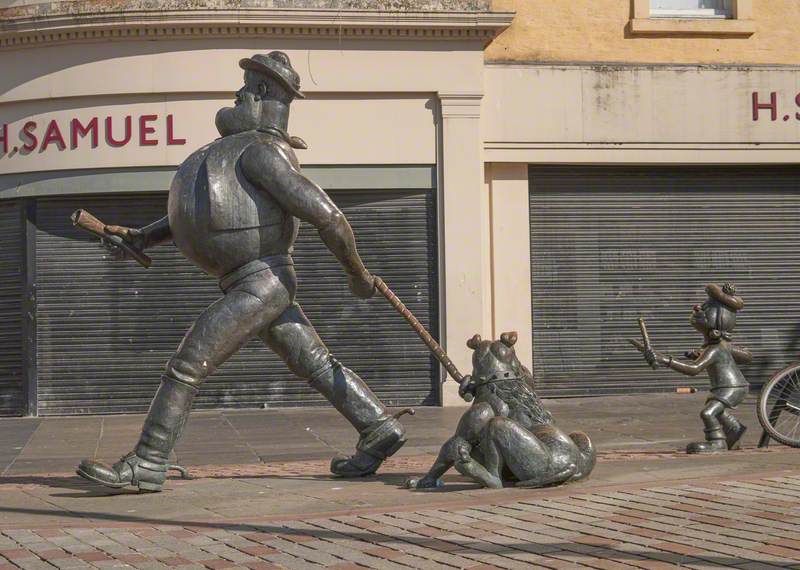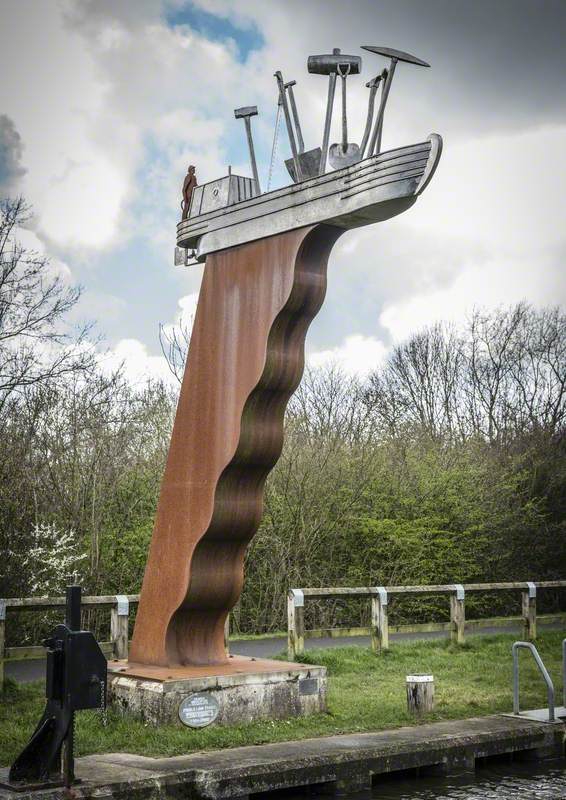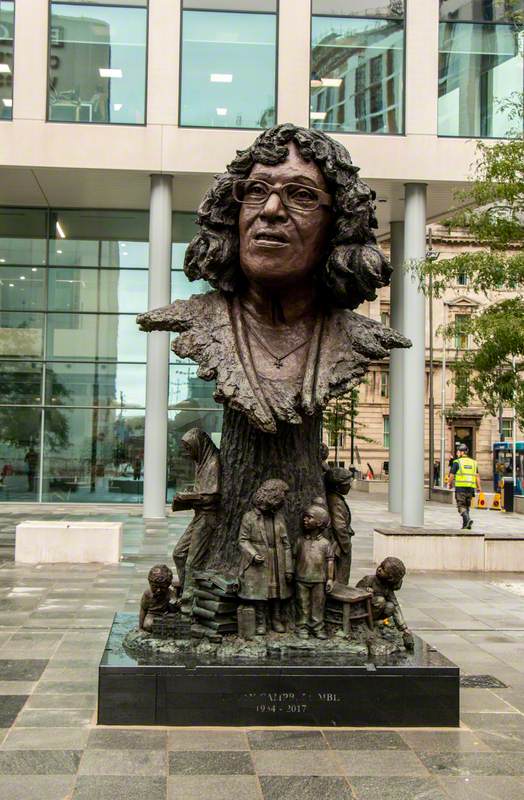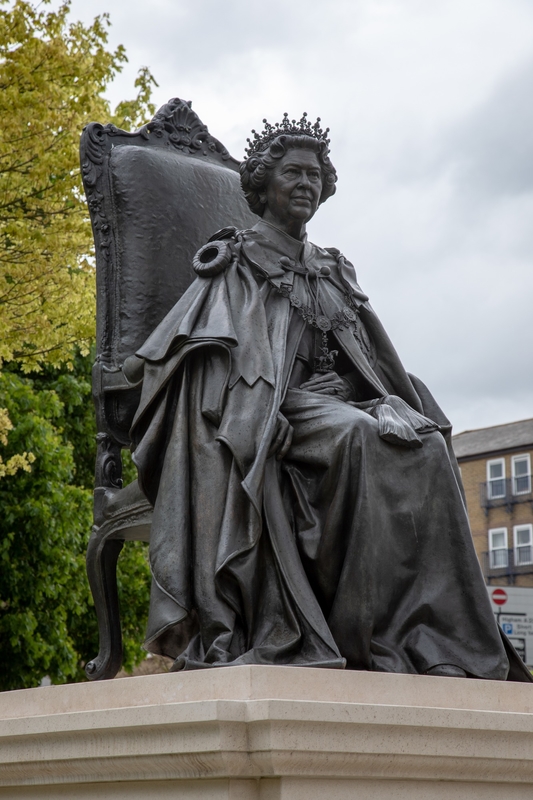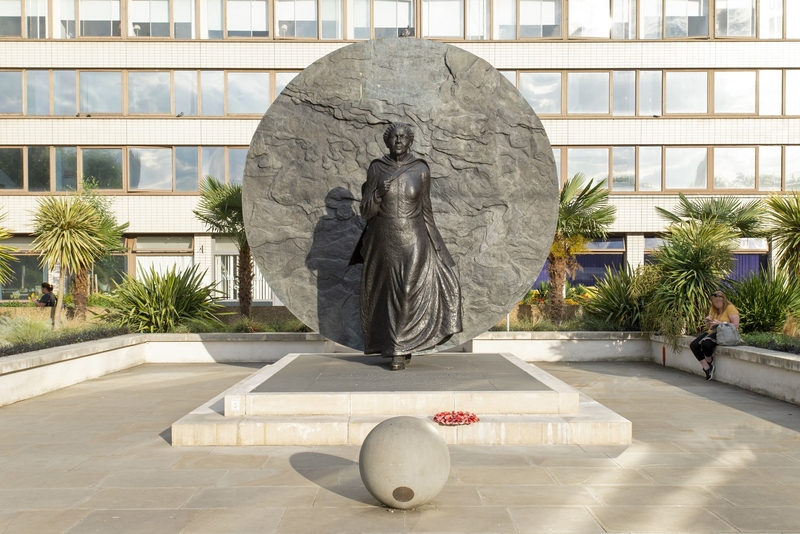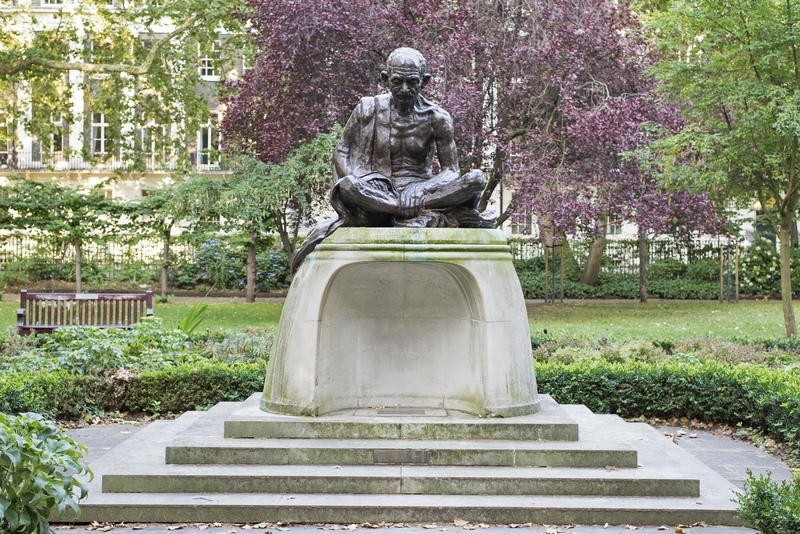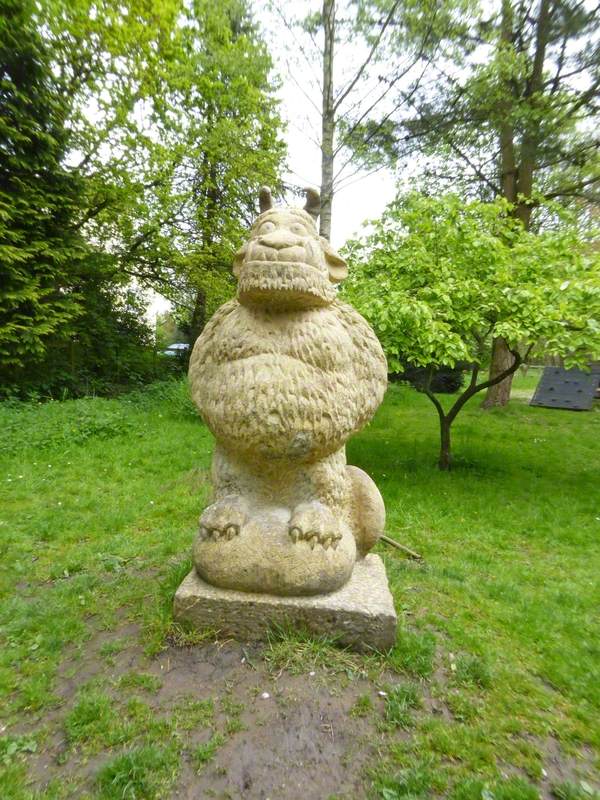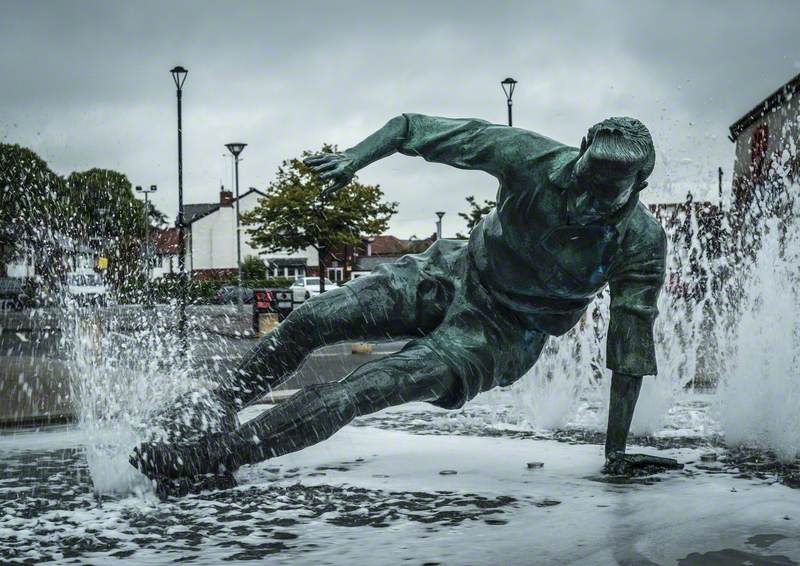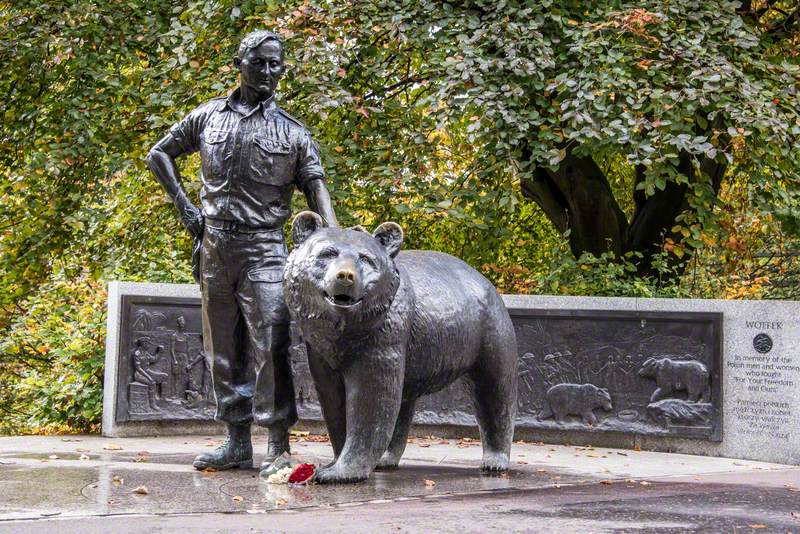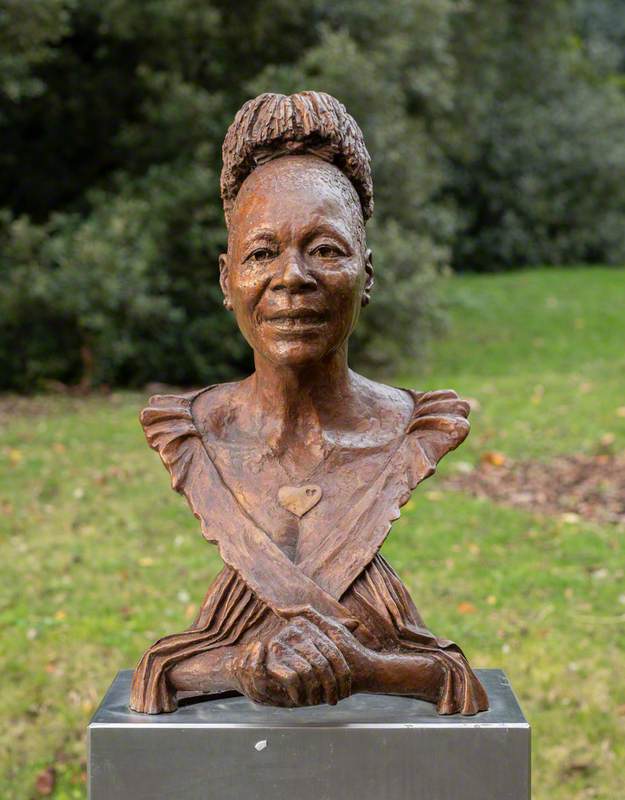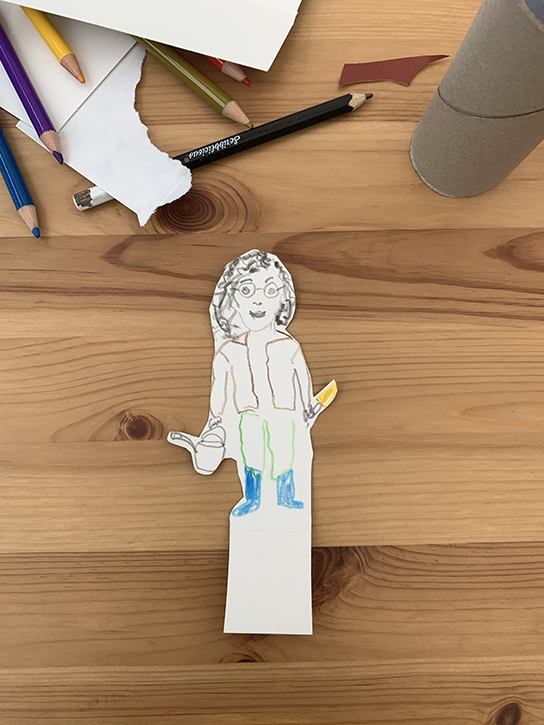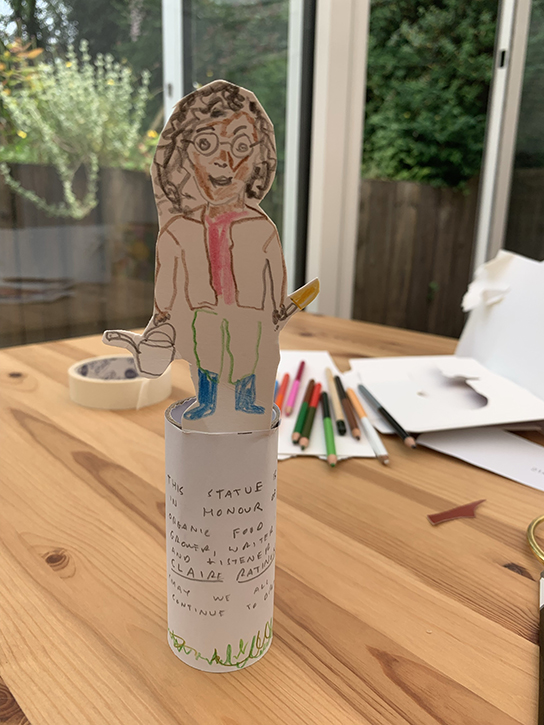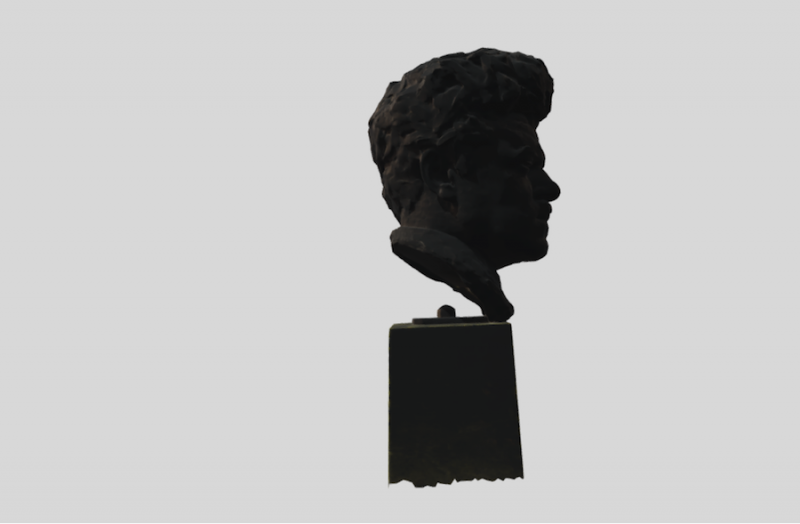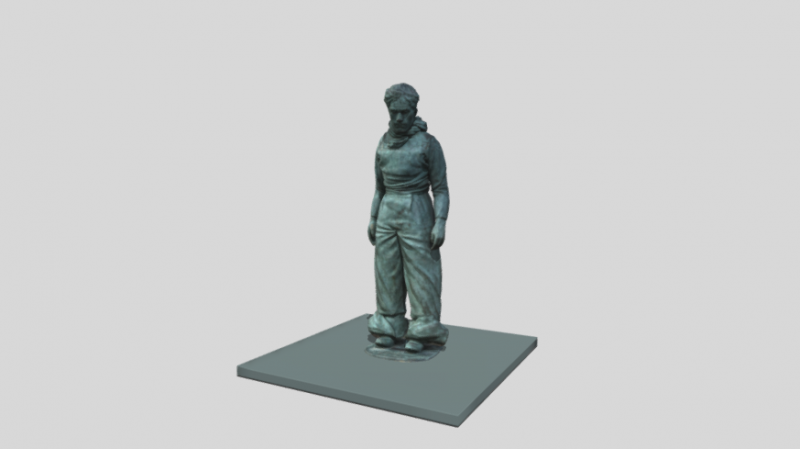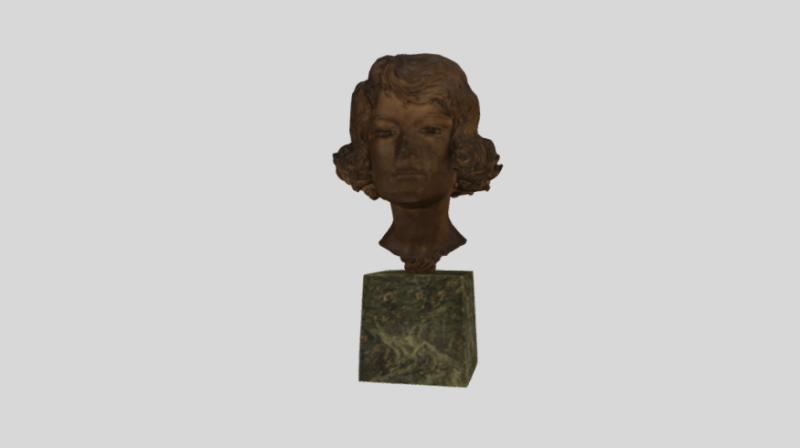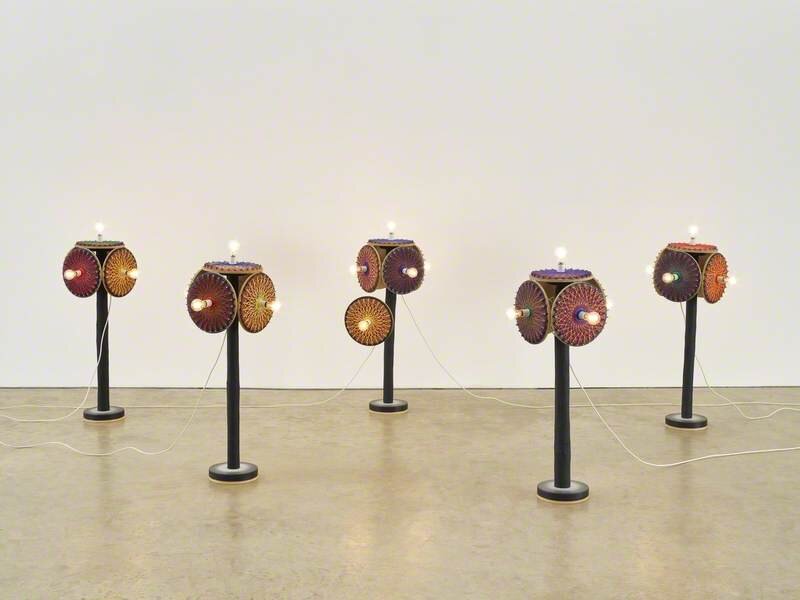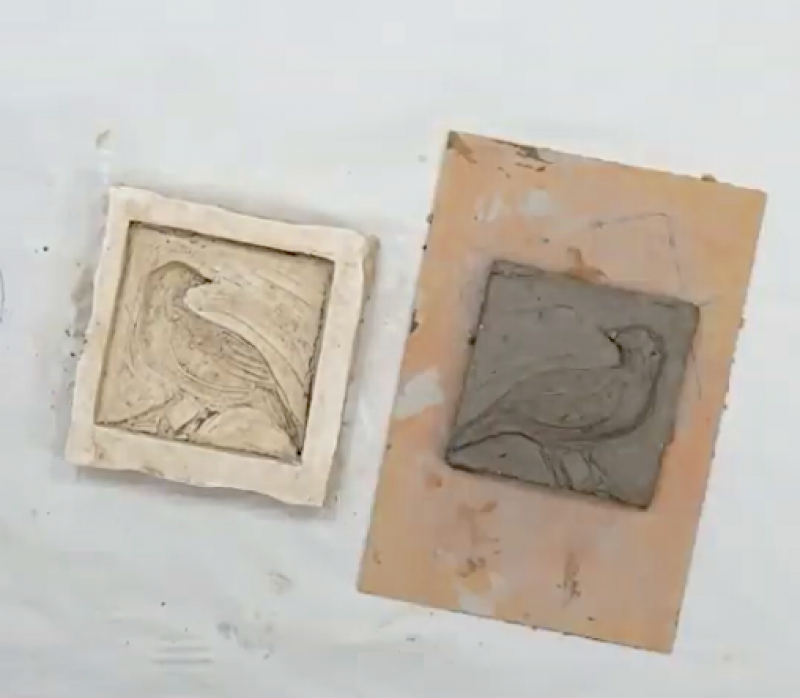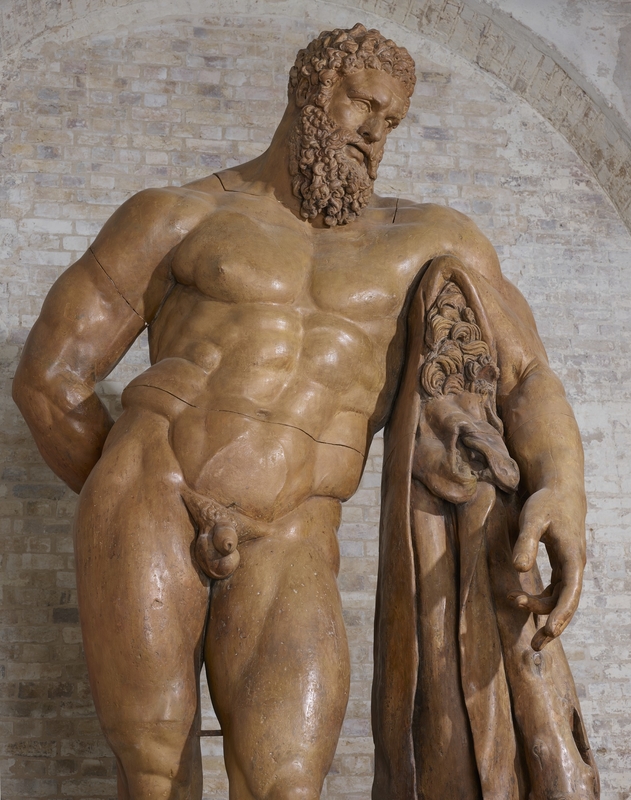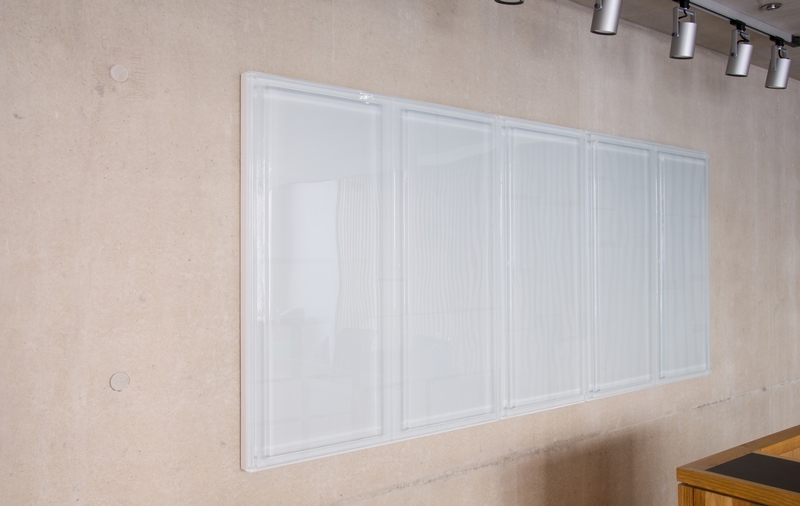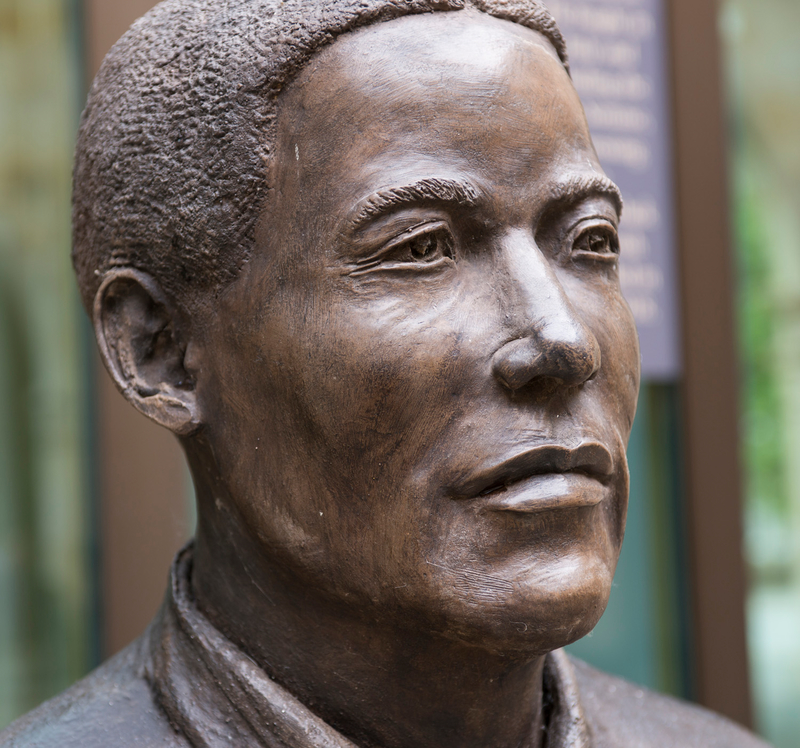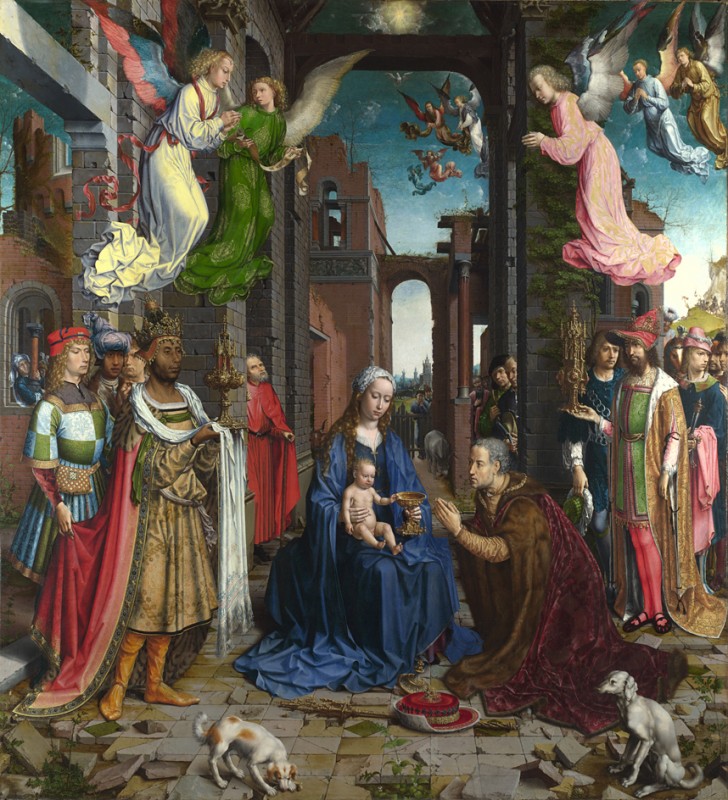Introduction
You may have heard the saying 'putting someone on a pedestal'. This means that you admire them and think that they are amazing.
Florence Nightingale (1820–1910)
Feodora Gleichen (1861–1922)
A pedestal is a base that sculptures or statues often stand on. This raises them up in the air so that everyone can see them. Pedestals come in all shapes and sizes and can be square, octagonal or round (like a column). They can also be very complicated with lots of columns and decorations.
Wellington Arch and Quadriga
1825–1912
Adrian Jones (1845–1938) and A. B. Burton (active 1874–1939) and Decimus Burton (1800–1881)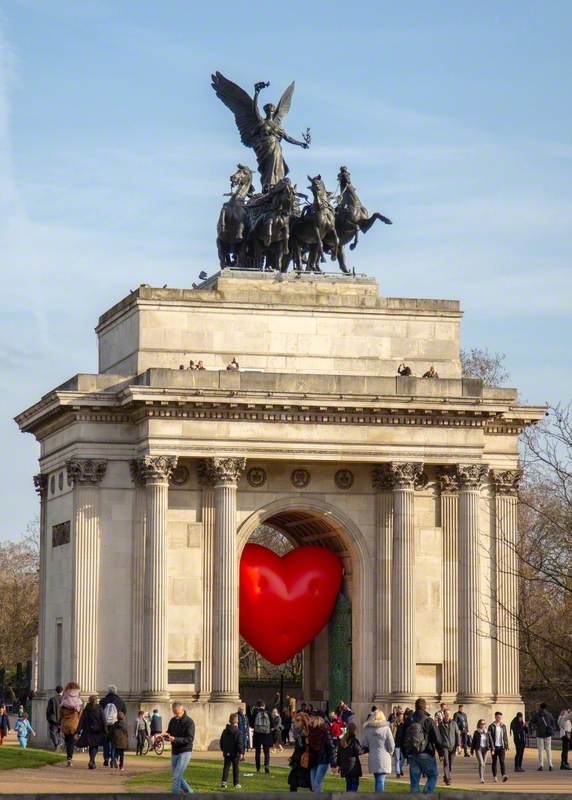
A pedestal is divided into three parts: from bottom to top: the plinth (or foot), the die (or dado) and the cap (or cornice).
Pedestal diagram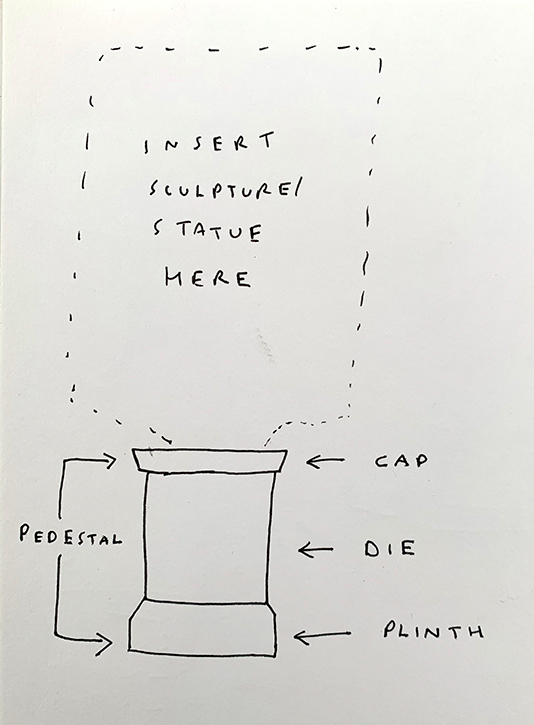
Pedestals often have some words or a plaque on them explaining who the statue is of or what the sculpture is about.
Plaque attached to the pedestal of the Greyfriars Bobby statue in Edinburgh
Let's look at some people (and animals and objects!) on pedestals
This sculpture shows pioneering Black footballer Walter Tull. He was only the second Black footballer to play in the football league in the UK.
This is a staue of Emmeline Pankhurst. She was the leader of the Suffragette movement which campaigned for equal rights for women. The artist has used a chair as a pedestal. Emmeline Pankhurst is shown standing on the chair and talking to the people who are passing.
'Rise up, women' (Emmeline Pankhurst, 1858–1928)
2018
Hazel Reeves and Bronze Age Sculpture Casting Foundry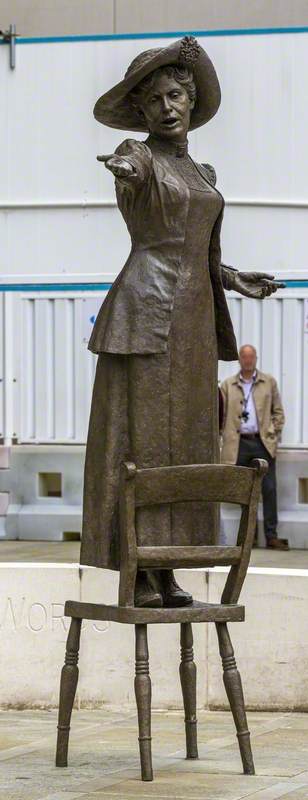
It is not just people who are remembered and celebrated in public sculptures. If you visit Linlithgow in Scotland, you may see this fellow sitting on a pedestal. He is called Dudley and was a much-loved pet whose owner donated money to help her local community.
Objects can also be placed on pedestals to help celebrate people or events.
Can you see what is on top of this wave-shaped pedestal? Who or what do you think this might be remembering or celebrating?
A shiny narrowboat has lots of tools popping out of it. The sculpture celebrates the workers who helped build and work on the canals, as well as the wider boating community in the local area.
